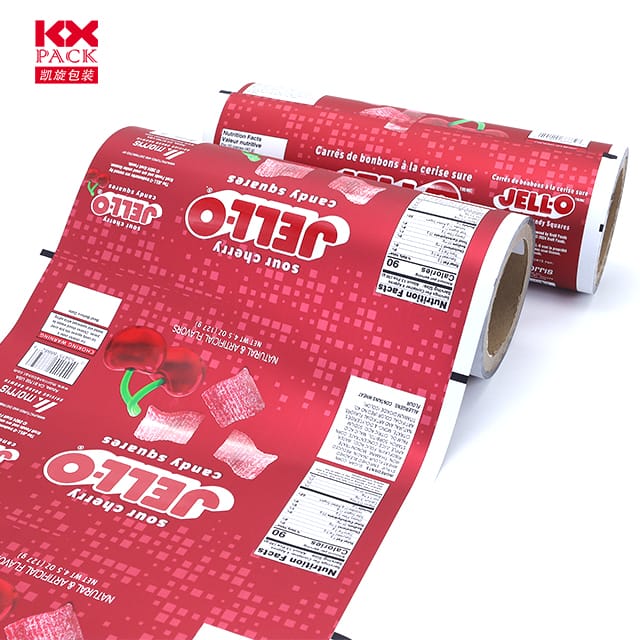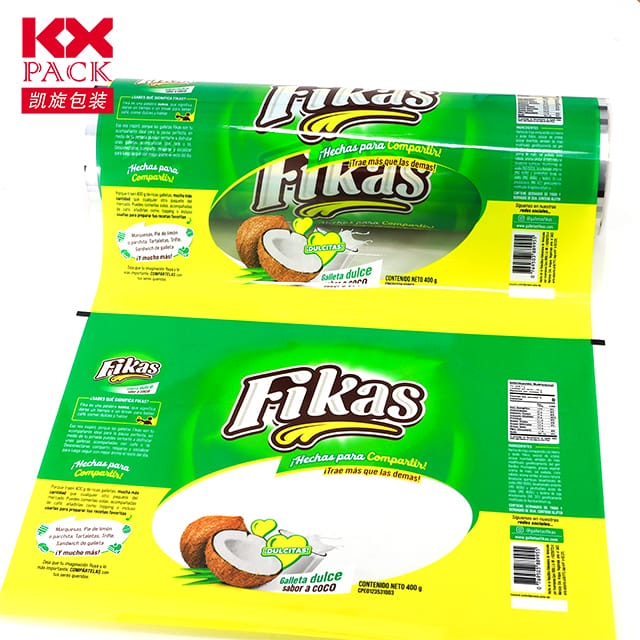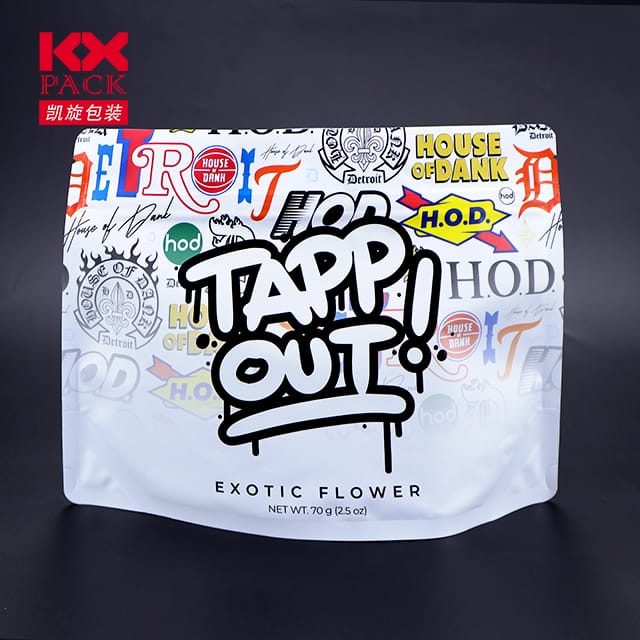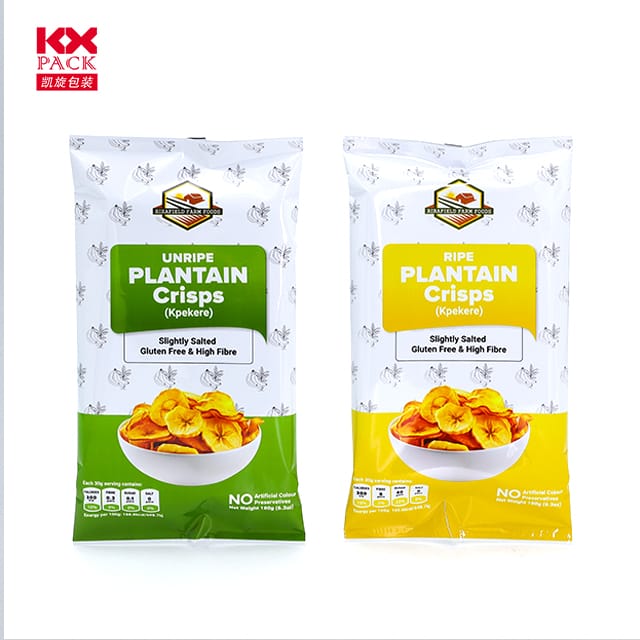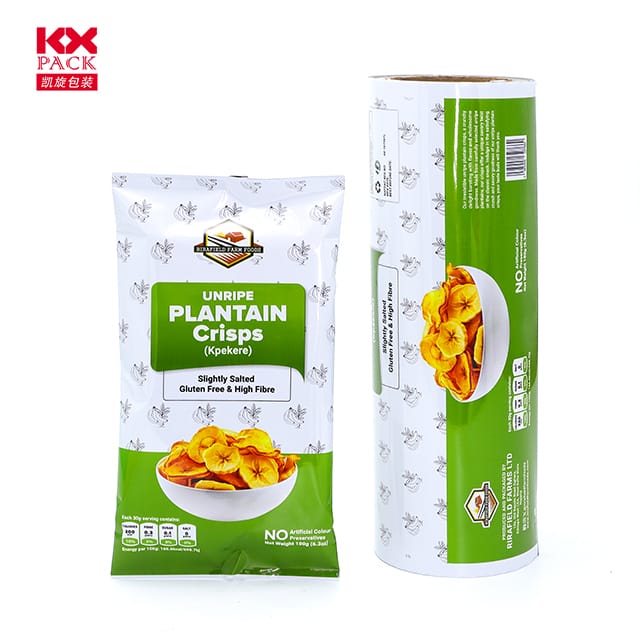Exploration de la polyvalence et des applications du film laminé (1)
Film stratifié
In the realm of materials science and packaging technology, film stratifié, ou “film stratifié” comme on l'appelle généralement, Se démarque ses propriétés uniques et ses applications de grande envergure. Ce matériel innovant, composé de plusieurs couches de résine ou d'autres substances liées ensemble, offers a multitude of benefits that make it indispensable in various industries.
What is Laminated Film?
Laminaed film is essentially a composite material created by layering different types of films, plastics, foils, or adhesives. These layers are bonded together through processes such as extrusion lamination, dry lamination, or adhesive lamination, resulting in a single, cohesive structure. The thickness of each layer can range from nanometers to micrometers, depending on the desired properties and application.
Key Properties of Laminated Film
One of the most remarkable aspects of laminated film is its versatility. Depending on the composition and layering sequence, it can exhibit a wide array of properties:
- Heat and Humidity Resistance: Many laminated films are designed to withstand high temperatures and humidity, making them ideal for packaging materials that need to protect sensitive contents.
- Propriétés de la barrière: By incorporating specific layers, such as aluminum foil or high-barrier polymers, laminaed films can provide excellent protection against oxygen, humidité, and other gases, thus extending the shelf life of packaged products.
- Propriétés optiques: Laminaed films can be engineered to have specific refractive indices and optical clarity, making them suitable for applications in displays, optics, and other visually demanding fields.
- Résistance mécanique: The layered structure of laminaed film often results in enhanced mechanical properties, such as tensile strength, résistance aux déchirures, et résistance à la perforation.
Applications of Laminated Film
The diverse properties of laminaed film make it a go-to material for numerous applications:
- Emballage: Laminaed films are widely used in the packaging industry, particularly for food and pharmaceuticals. They provide a hermetic seal that protects products from contamination and spoilage.
- Électronique: In the electronics sector, laminated films are used in components such as lithium-ion battery packs, where they serve as critical barriers against moisture and electrolytes.
- Labels and Graphics: High-clarity laminaed films are ideal for labels, signage, and graphics due to their excellent optical properties and durability.
- Agricultural Films: These films are also used in agriculture to cover crops, regulate temperature, and protect against pests and weather conditions.
Innovations in Laminated Film Technology
Recent advancements in laminaed film technology have further expanded its potential applications. Par exemple, the development of nano-layered films allows for the precise control of refractive index distribution, leading to enhanced optical performance. En outre, researchers are exploring the use of biodegradable materials in laminaed films to address environmental concerns.
Conclusion
Laminaed film is a testament to the ingenuity of materials science. Its ability to combine multiple properties into a single material makes it indispensable across various industries. Alors que la technologie continue d'évoluer, we can expect to see even more innovative applications of laminated film, driving forward progress in packaging, électronique, et au-delà. The future of laminated film looks bright, with endless possibilities for improvement and adaptation to meet the ever-changing needs of our world.

